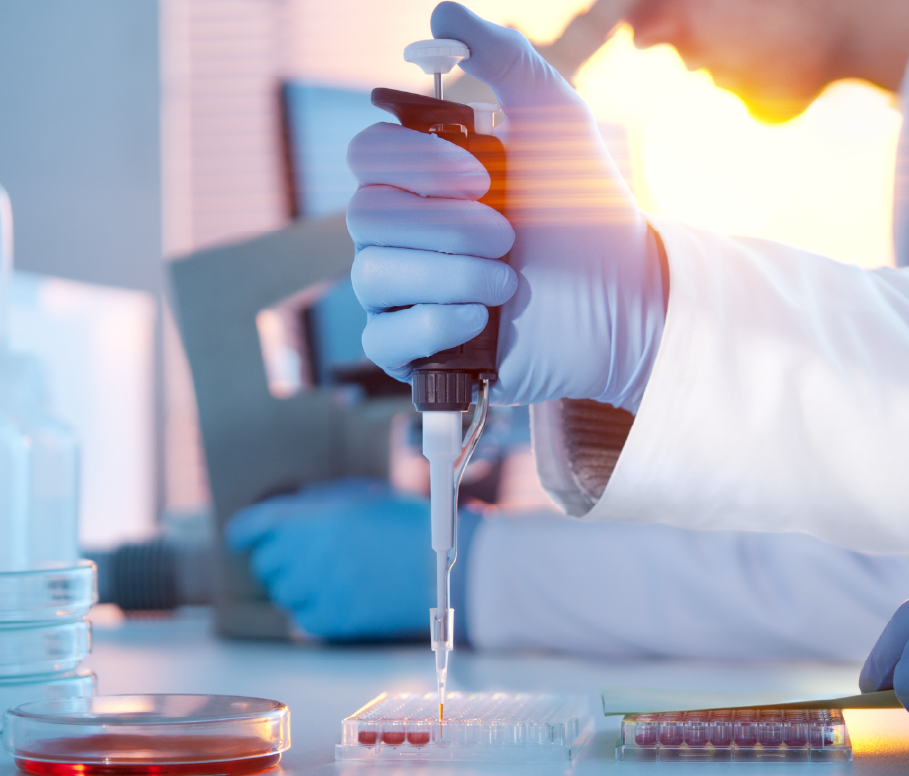At the recent 12th Ministerial Meeting of the World Trade Organization, global leaders made the harmful decision to approve a waiver of intellectual property (IP) that allows patented information about ingredients and processes necessary for the manufacture of the COVID-19 vaccine without the patent owner’s consent. Here are four things to know about this problematic agreement.
The IP waiver is a political stunt.
More than two years into the pandemic, the supposed premise of the waiver – that IP stood in the way of COVID-19 vaccine R&D and manufacturing – was never an issue. As the CEO of Gavi noted last month, which other leaders have echoed, “COVAX has as access to enough supply to enable countries to meet their national vaccination targets.” That’s because innovators, supported by IP protections, worked around the clock to develop vaccines and scaled up to meet demand through mechanisms like licensing agreements. Even India, one of the main proponents of the waiver, has acknowledged that “there is no demand for vaccines anymore.” The Serum Institute of India, the world’s largest vaccine manufacturer, has 200 million unused vaccine doses sitting in storage and has halted production of additional vaccines.
The waiver won’t address the real issues standing in the way of global vaccine equity.
Leaders around the world know what is truly preventing universal access to COVID-19 vaccines. Infrastructure and distribution challenges, issues with the medical supply chain and procurement,low demand and inability to administer have proven to be the real barriers. To achieve equitable access to COVID-19 vaccines, officials need to focus to these issues.
The waiver sets a damaging precedent.
What’s more, the TRIPS waiver sets the harmful precedent that it is acceptable to steal IP from innovators. Leaders agreed to the waiver despite all evidence demonstrating there is no benefit from doing so with COVID-19 vaccines. IP protections encourage companies to invest in and protect new technology and this “vehicle to raid U.S. [and others’] innovation” undermines the very system responsible for progress. And, of great concern, the waiver creates the potential for a slippery slope on other IP, which can negatively impact innovation in health care and beyond. Indeed, the United Nations Secretary-General, António Guterres, recently called for the removal of “intellectual property constraints” for renewable energy technologies.
The waiver should absolutely not be applied to other innovation.
Officials will likely discuss extending the waiver to COVID-19 diagnostics and therapeutics. Leaders must curb this fruitless debate for all of the above reasons – as well other concerns with compulsory licensing. Instead, they must do the challenging work of addressing real barriers.
Over more than two years, the trajectory of the pandemic – chiefly the innovation developed in response – has shown that IP is not a barrier. The reality is quite the opposite: new vaccines, therapies and other technologies have been supported by IP and effectively scaled through building on existing innovation and partnering across sectors and industries. For the sake of the next pandemic and global health, we must support measures to support the innovation ecosystem and reject measures that falsely attack and weaken IP.
For the sake of the next pandemic and global health, we must support measures to support the innovation ecosystem and reject measures that falsely attack and weaken IP.


